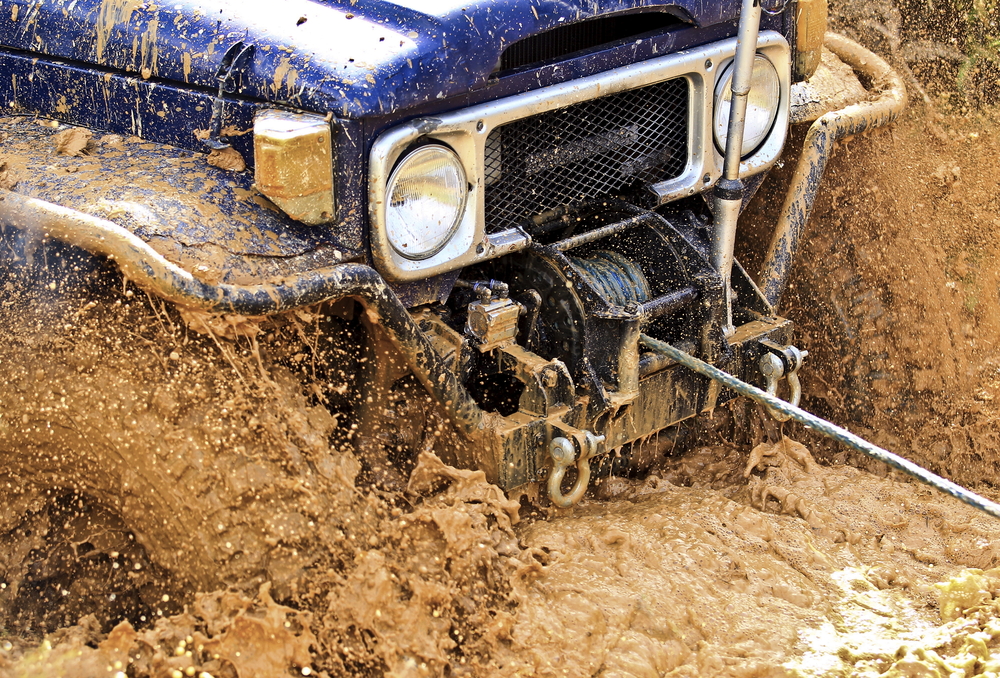How to Use a 4WD Winch for Vehicle Recovery: A Comprehensive Guide
If you’re an off-road enthusiast, chances are you’ve either used a winch or seen one in action. A 4WD winch is one of the most powerful tools you can have on your vehicle when navigating tricky terrains. When you find your vehicle stuck in a muddy pit, on a rocky incline, or in any other precarious situation, a winch can be the lifeline that gets you back on track. However, it’s crucial to use this tool safely and effectively. This guide will walk you through the steps to recover your vehicle using a 4WD winch.
1. Safety First
Before you begin any winching operation, safety should be your top priority. Always wear heavy-duty gloves to protect your hands from the wire rope or synthetic line. Ensure that all bystanders are at a safe distance from the winching area – at least 1.5 times the length of the rope being used. Finally, always have a recovery damper or a heavy blanket handy. In case the winch line snaps, this will prevent it from causing injury.
2. Assess the Situation
Before diving into the winching process, take a moment to assess your surroundings. Look for a solid anchor point, such as a tree, large rock, or another vehicle. The anchor point should be in line with the direction you wish to move your vehicle.
3. Rigging the Winch
Unspool the amount of winch line you need, walking it over to the anchor point. Ensure you leave a few wraps on the drum to prevent the line from coming completely undone. Attach a tree trunk protector strap around the tree if that’s your anchor point, to prevent damage to both the tree and the winch line. Then, connect your winch hook or shackle to the tree trunk protector or anchor point.
4. Engage the Winch Clutch
Go back to your winch and engage the clutch, making it ready to pull. Ensure the remote control is connected, and you are standing at a safe distance while operating the winch.
5. Begin the Recovery
With everything in place, start the winching process. Use the remote control to slowly take up the slack in the winch line. Once taut, begin the recovery. Keep a close eye on the vehicle and the winch line. If you notice any issues, stop winching immediately and adjust.
6. Maintain Line Tension
As your vehicle begins to move, it’s essential to maintain a steady tension on the line. Avoid jerky movements, which can stress the winch and the line. If your vehicle starts to gain traction and can aid in the recovery, gently apply the gas to move in sync with the winch’s pull.
7. Finishing Up
Once your vehicle is out of its predicament and on solid ground, it’s time to wrap up. Disengage the winch clutch and carefully unhook the winch line from the anchor point. Slowly wind the line back onto the winch drum, ensuring it’s spooled evenly. This will ensure that the line is ready and in good condition for the next recovery.
8. Post-Recovery Checks
After the recovery, inspect your winch and its line for any signs of damage. Look for kinks, frays, or any other issues in the line. Ensure the winch is functioning correctly, with no unusual sounds or hitches.
Using a 4WD winch can be a game-changer in off-road situations. However, like all powerful tools, it requires respect and proper knowledge to operate safely. By following the steps above, not only will you recover your vehicle effectively, but you’ll also ensure the safety of everyone involved. Remember, practice makes perfect. If you’re new to winching, consider practicing in a controlled environment before you face a real-life recovery scenario. The more familiar you are with your equipment, the smoother and safer your recoveries will be. Safe travels!




